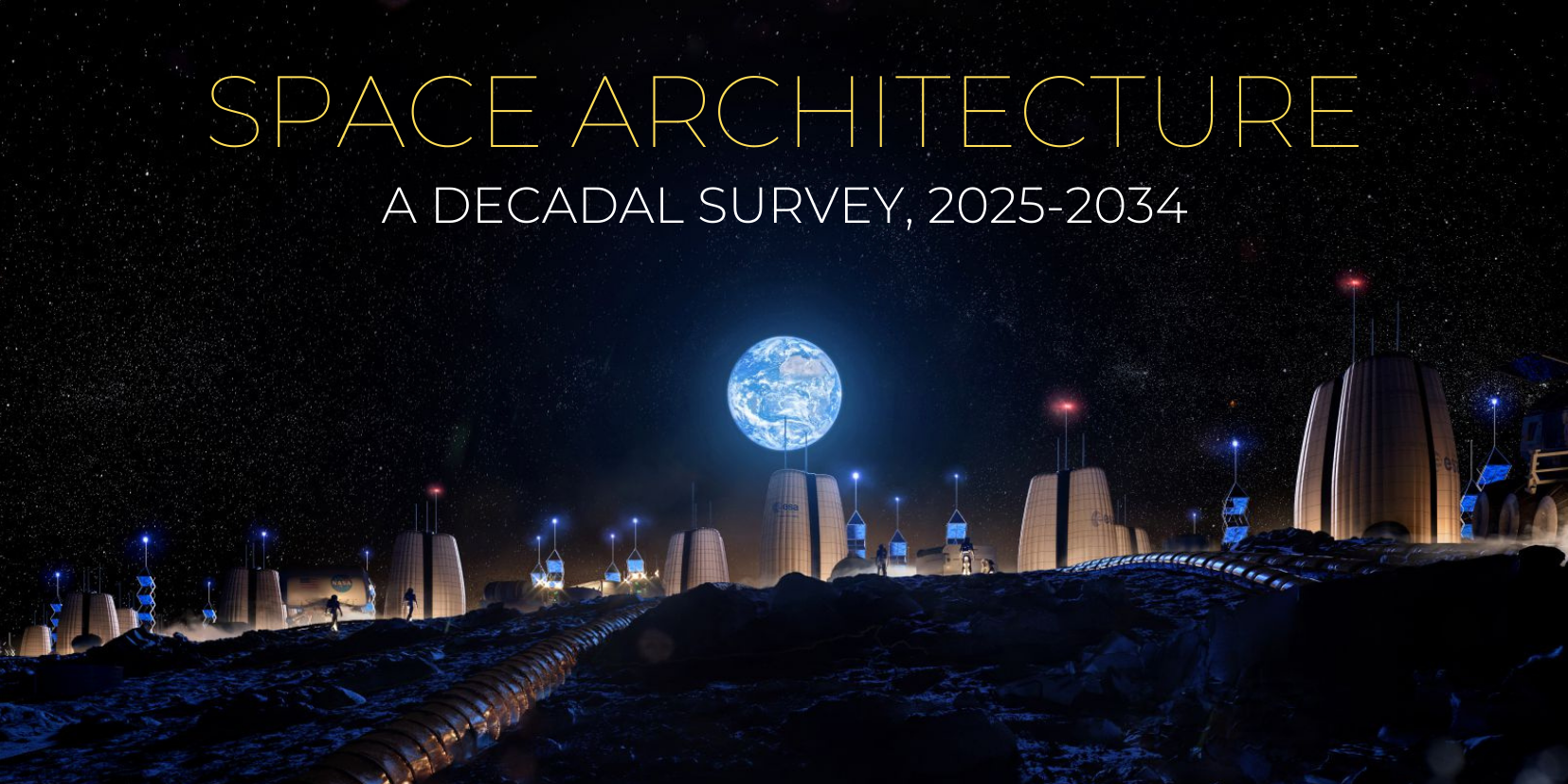Frequently Asked Questions
What is a Decadal Survey?
Decadal surveys literally survey the state of their respective field: what has happened in the prior decade, what is underway now, what the next decade is likely to bring, and what’s needed for that to happen.
Communities produce them for multiple purposes:
- Consensus. Organize, integrate, and reconcile diverse stakeholder inputs into concise, coherent findings and recommendations.
- Health check. Document the state of a field – its progress against prior forecasts, its constraints and opportunities, and its preparedness for what is in front of it.
- Authoritative source. Speak for the community to prioritize research and advocacy for a decade of progress.
- Decision guide. Help non-specialist decision-makers adjudicate the relative priority among paths and potential investments.
- Forecast. Provide guidance for students and young professionals regarding the most fruitful directions for research and work over the next decade.
- For their own communities and for the wider community, decadal surveys identify the mission, system, technology, and investment priorities of their field. In the world of space science, for example, decadal surveys provide a touchstone to assist stakeholder decision-making (e.g., by NASA for implementation and by Congress for funding).
What is Space Architecture?
Space Architecture is the theory and practice of designing and building human environments for [use in] outer space.
https://spacearchitect.org/wp-content/uploads/2020/06/The-Millennium-Charter.pdf
Who should take the survey?
Anyone who is, or could be, a stakeholder for the field, including practitioners of adjacent fields like systems engineering, flight system design, life support and crew systems technologies, and mission psychology.
Who should submit a white paper?
Anyone aiming to input detailed information, experience, analysis, or recommendations into the Decadal Survey process.
Can I volunteer to help with the survey?
Yes! Please contact the Executive Secretary.
How is Space Architecture different from aerospace engineering?
Space architecture integrates both engineering (the deductive, analytical-responsive quantification of subsystem sizing and system performance) and architecting (the inductive, design-directive pursuit of integrated solutions to fuzzily specified needs).
All human spaceflight missions involve transportation flight systems, orbital destination systems, or planet-surface destination systems. Space systems are constrained by the fundamentals of aerospace engineering including space environments, astrodynamics, propulsion, guidance/navigation/ control, attitude determination/control, power, thermal management, avionics, telecommunications, space materials/processes, structures/mechanisms, robotics, configuration design, system manufacturing/integration/test, launch integration, flight safety, and mission operations.
Material destinations (asteroids, moons, and planets), and use of their resources, introduce other technical disciplines including mobility, surface transportation, surveying, excavation, engineering geology, construction, resource extraction, materials processing, manufacturing, and eventually maintenance, waste stream management, and recycling engineering.
But because space architecture focuses on what engineers call the “human system,” it adds the constraints of habitable systems to those of aerospace engineering: environmental control and life support, human factors, human-machine interfaces, crew systems, fire safety, specialized materials, tools, space medicine, and extravehicular activity. Historically, engineers have led the specifications and design of these aspects, which has generally been adequate for government missions executed by highly trained flight crews. As spacefaring populations diversify in the future, expertise beyond aerospace engineering competencies becomes highly pertinent: human activity analysis and planning, layout and outfitting, interior design, color and lighting, acoustic design, industrial design, furniture design, site planning, landscape design, aesthetics, psychology and sociology, urban design, and the history of architecture.
Why does Space Architecture need a decadal survey?
The 2002 Millennium Charter has served the Space Architecture community for two decades. However, until the 2010s, human space flight programs were executed only by government programs. Most Space Architecture work was theoretical, limited to unfunded program plans, academic studies, or the published literature.
Today, however, an Independent Space sector has emerged which, both on its own and engaged in Public Private Partnerships, is executing several human spaceflight projects and proliferating the prospects for yet more.
At the same time, long-term government programs are in transition. For example, the International Space Station program will sunset in or shortly after 2030, and the Artemis Accords nations will return western astronauts to the Moon in this decade. Both of these major human space flight programs involve multiple providers and private capital, a significant “state change” from past practice. In addition, multiple new state actors, led by China and India, are adding human space flight to their capabilities.
The prospects for Space Architecture are therefore shifting, diversifying, and accelerating. This pivotal time calls for the community-wide conversation of a decadal survey.
Why is AIAA the convening authority for the Space Architecture Decadal Survey?
AIAA is the world’s oldest and largest aerospace professional organization, with 30,000 individual members in seven globally distributed regions. Members range from students to professionals across all aerospace sectors: government, academia, contractors, and private industry. AIAA provides a technically credible, neutral platform for analyzing, debating, building consensus, and advocating issues and solutions for the aerospace stakeholder community in three Domains: Aeronautics, R&D, and Space.
In 2002, 46 professionals gathered at the World Space Congress in Houston to hold the first Space Architecture Symposium, drafting and approving its foundational Millennium Charter (https://spacearchitect.org/wp-content/uploads/2020/06/The-Millennium-Charter.pdf). In 2008, following years of preparatory work by the AeroSpace Architecture SubCommittee of the AIAA Design Engineering Technical Committee, AIAA chartered the Space Architecture Technical Committee (SATC). In 2009, AIAA published the seminal text in the field, Out of This World: The New Field of Space Architecture.
For 15 years, AIAA’s SATC has led the global conversation about this new field, which has included organizing Space Architecture sessions at three annual conferences: AIAA ASCEND (nee Space Forum), the International Conference for Environmental Systems (ICES), and the International Astronautical Congress (IAC).
With the Space Architecture Decadal Survey, AIAA continues to consolidate the field by leading the development of consensus about its contributions, opportunities, and priorities.




